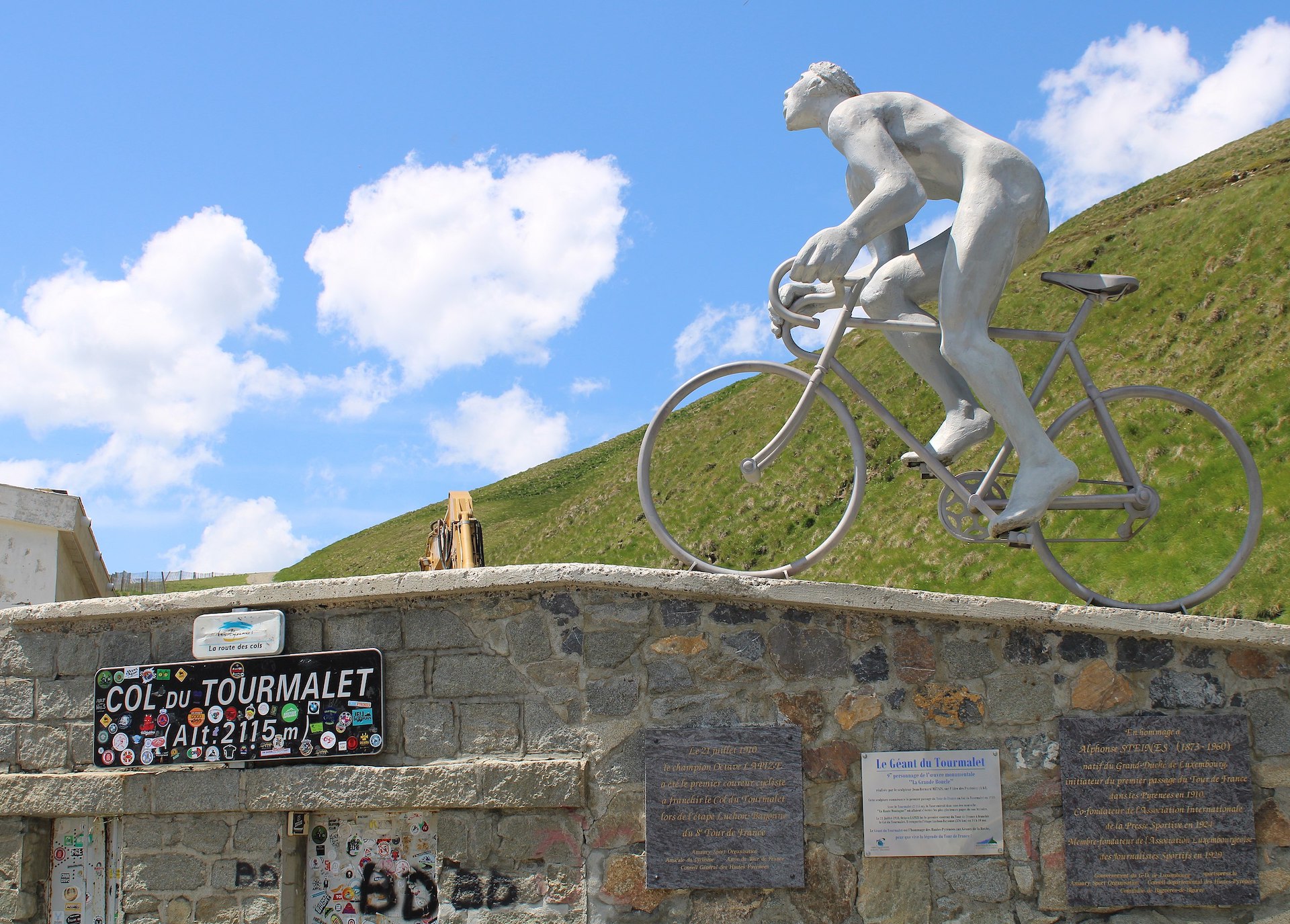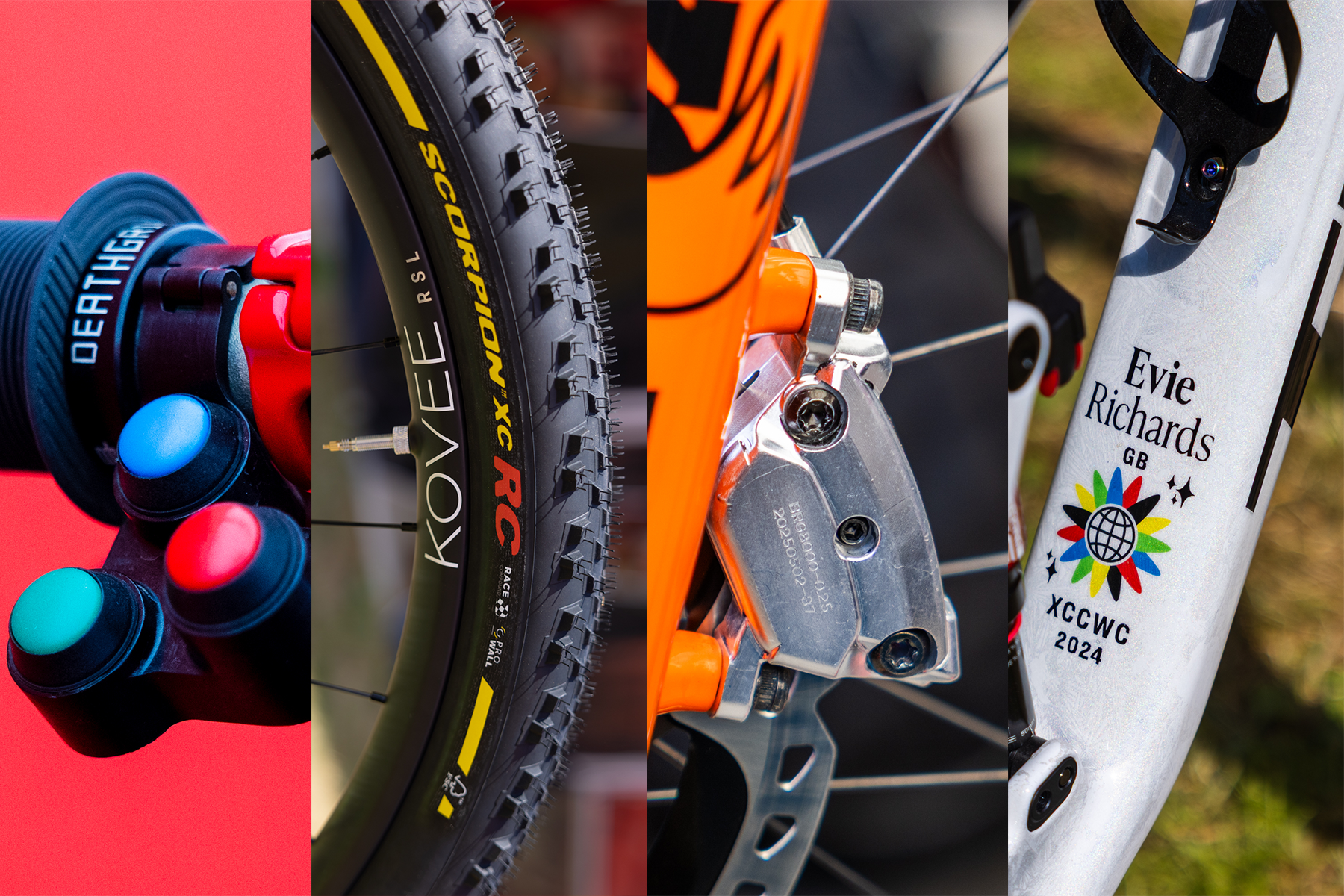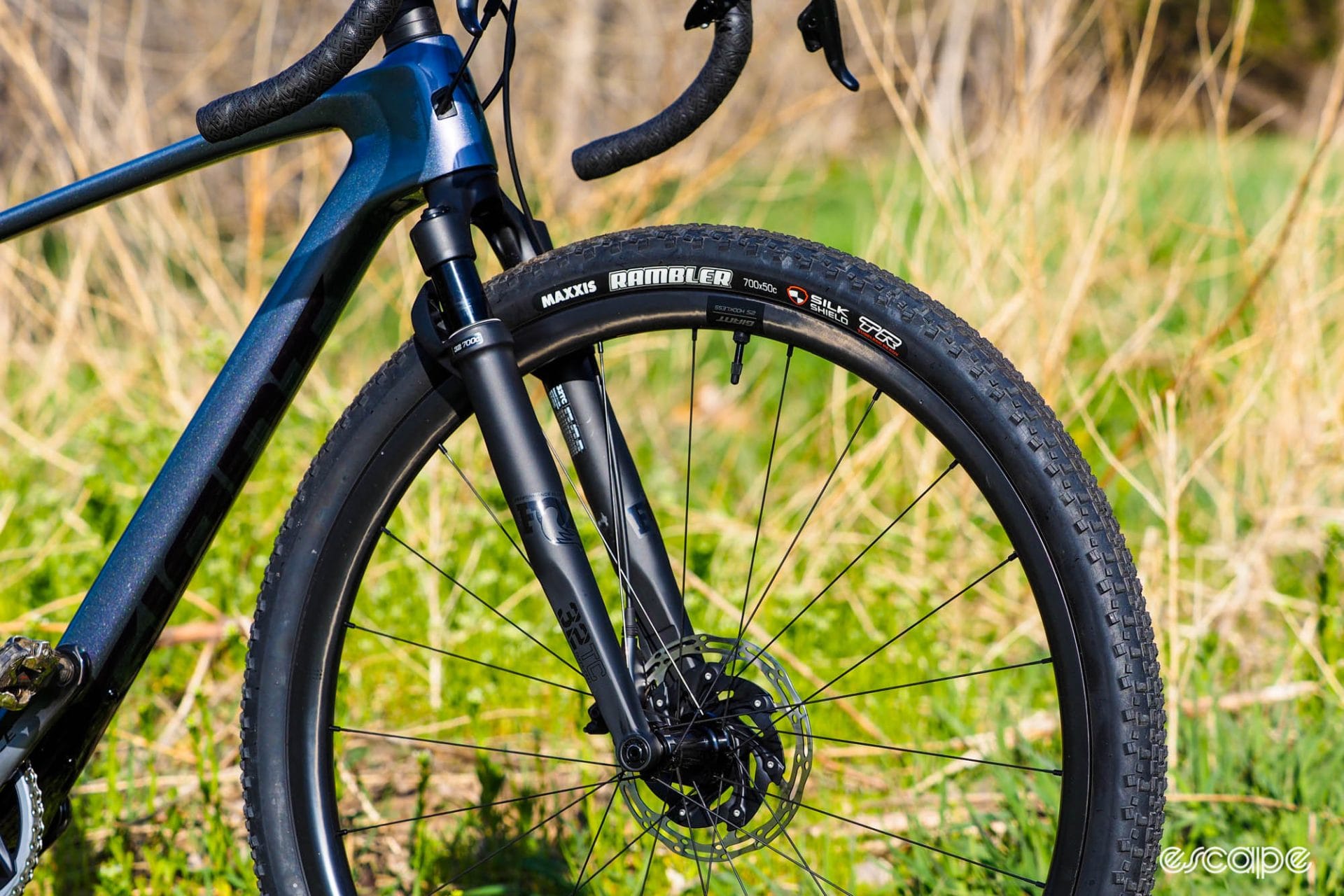It’s time to climb the mighty Tourmalet. It's mostly unknown territory for the women's peloton outside of a few select appearances in races – it was part of the 1992 women's Tour de France, when Leontien van Moorsel won the stage, and in 2007 it featured on the final stage of the Grand Boucle Feminine Internationale. It's been a staple of the men's Tour de France, first appearing in 1910. I told you about that during the men’s Tour de France. The 17.1 km climb has an average gradient of 7.5% but the final 8 km are by far the steepest.
Just before the top we find La Mongie. It’s where you can take the cable car to the Pic du Midi de Bigorre. In 15 minutes, you are at 2,877 meters. You can marvel at the Pyrenees during the day but also stay the night. The rooms were occupied up until recent times by the scientists, astronomers, and technicians who worked there. At the station you can see the sun set, watch the stars, dine, sleep and then rise early for the sunrise again. All-inclusive for €509 per person.
When you go back to the valley, watch out for bears that live in both the French and Spanish Pyrenees. The brown bear or ursus arctos has always lived in the Pyrenees. In the past, the animals were killed for their fur and young bears were captured and trained to perform for the public.
The bear's habitat was also shrinking due to the development of mines in the mountains and the construction of transport links through the mountains and valleys. This forced the animals to look for alternative places to live. There was also plenty of hunting for the bears.
By 1954, only 70 native Pyrenean brown bears remained. In the 1990s, brown bear numbers were so low – thought to be in the single digits – that they were nearly extinct. In 1996 the species was reintroduced in the Pyrenees with three bears from Slovenia, and current populations are estimated to be back around 70 individuals. Local farmers opposed the reintroduction program of the bears from the start, fearing that their livestock would be killed. Still, brown bears eat largely vegetarian food and rarely kill other animals for food. Maybe they can join in for our last snack of the day?
No, it’s not cheese. We are going for something sweet: spit cake. It sounds horrible, sure, but we are not talking saliva; we are talking about a spit in a fire. The cake batter is poured onto a conical spit and from there it bakes and grows. It’s a Pyrenean treat called Rocher des Pyrenees but they have similar cakes around Europe following the same principle of cooking on an open fire.
Did we do a good job with this story?




